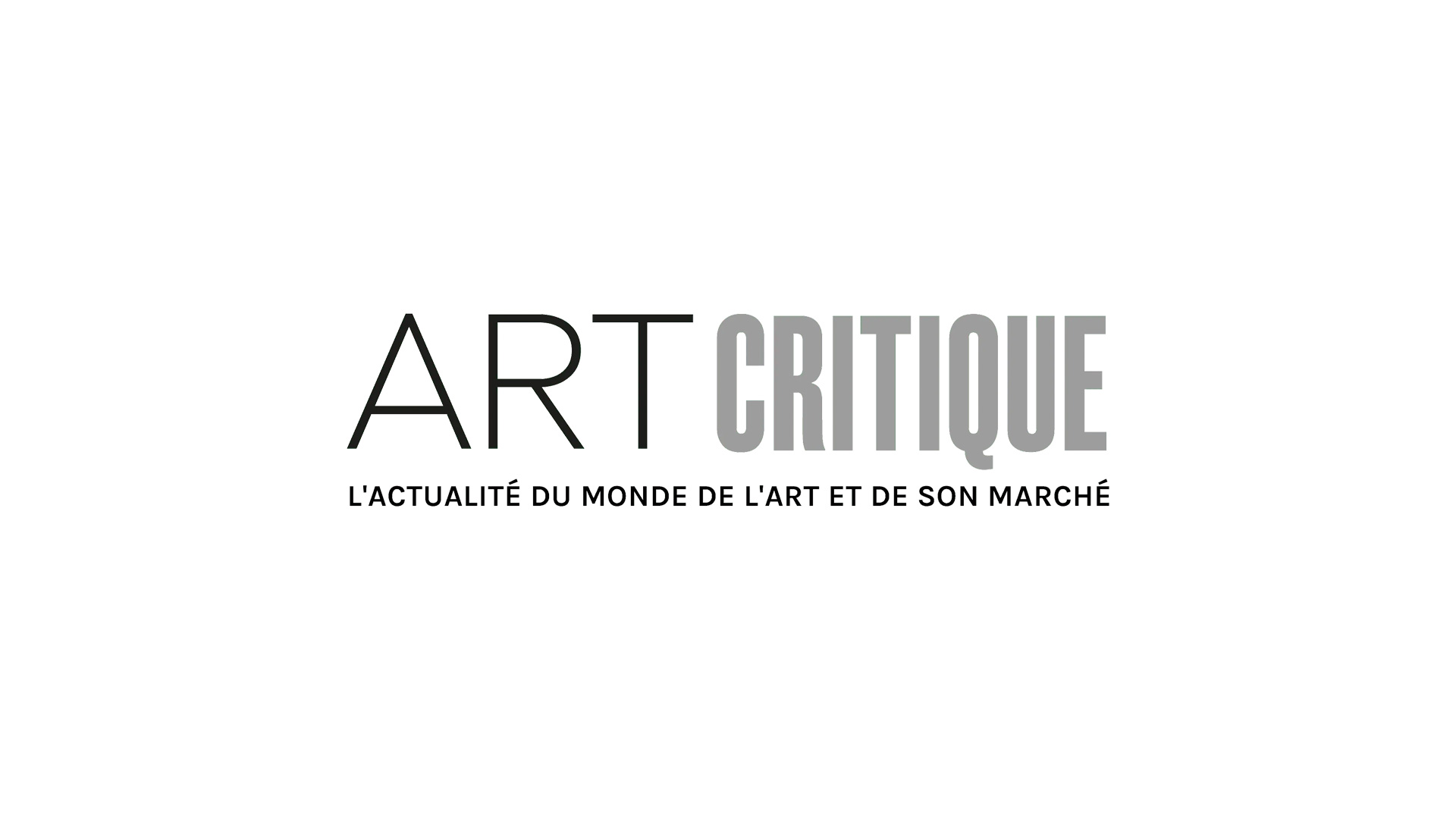When restorationists took to cleaning and conserving the Ghent Altarpiece, no one could have expected the reaction the internet was going to have. Without a doubt, the project, which has already spanned years and is only finished with its second phase, was going to turn heads. The artwork is, of course, one of the most significant works of western religious art. However, when conservators finished with the Adoration of the Mystic Lamb, a central panel of the altarpiece, the internet was about to lose it’s cool over the ‘alarmingly humanoid’ face of the lamb.
When the second phase of the conservation initiative, which focused on the lower five panels of the inner altarpiece paintings, began in 2017 conservators found that the original 15th century paintings by the van Eyck brothers had been painted over in the mid 1500s. After careful research and consideration, it was decided that they would remove that later painting to restore the altarpiece to its original glory. This meant that the lamb, which stands on an altar flanked by angels, would receive a literal facelift, and what was found below came as a bit of a shock. The face of the lamb lost its soft, animal-like demeanor revealing an oddly human face with a strong nose and eyes that slightly bulge.
The unveiling of the lamb’s original features sparked an onslaught of memes featuring the animal. It drew concern from some and horror amongst others who took to social media platforms. The lamb has now become the butt of some jokes and provoked chuckles from all kinds of people around the world.
View this post on Instagram
Not a cat, but a meme, still! #mysticlamb #ghentaltarpiece #omgvaneyckwashere #gent #ghent
— Kimberly Chrisman-Campbell (@HottyCouture) January 20, 2020
Therapist: The uncovered face of the Lamb of God in the Ghent Altarpiece isn’t real. It can’t hurt you.
The uncovered face of the Lamb of God in the Ghent Altarpiece: pic.twitter.com/RBmm48wN0w— Dr Eleanor Janega (@GoingMedieval) January 20, 2020
‘There are no words to express the result,’ said Hélène Dubois, head of restoration at the Royal Institute of Cultural Heritage, in a statement. ‘Liberated from the thick layers of yellow varnish and the coarser overpaints, we can discover the Van Eycks’ sublime virtuosity in abundance.’ According to The Art Newspaper, Dubois stated that ‘nothing this had ever been observed on early Netherlandish painting.’
Ultimately, the restoration has been a success, so far. In addition to attracting media attention thanks to the funky nature of the lamb’s face, the conservation project has restored clarity to the painting and revealed more detail in areas once muddled by varnish and paint. The incredible detail of Netherlandish artists is portrayed superbly through Hubert and Jan van Eyck’s works and the restoration has restored the panels back to their original glory.
The conservation, itself, is unique in that it is being done in public view, at the Museum of Fine Arts Ghent. Specialists are tediously working to remove years of dust, grime, and yellowing varnish in a specially made work space that allows visitors to watch their craft. Having just completed the second phase, the third phase, which will focus on the top inner panels, is set to begin next year.
As for the lamb’s face, hopefully it’ll grow on visitors, but even if it doesn’t, it will certainly leave an impression.
Read more about the Ghent Altarpiece restoration here.





